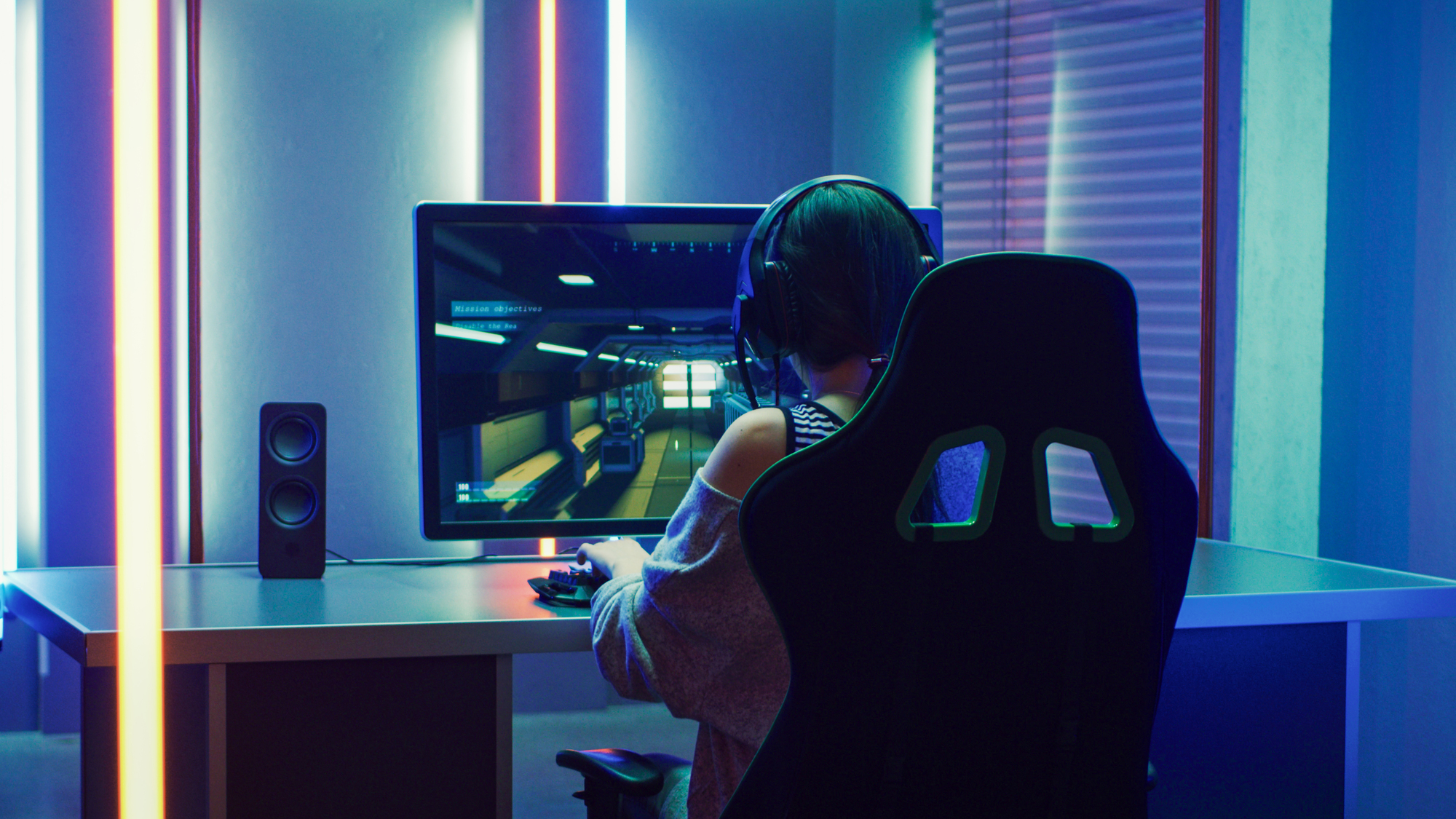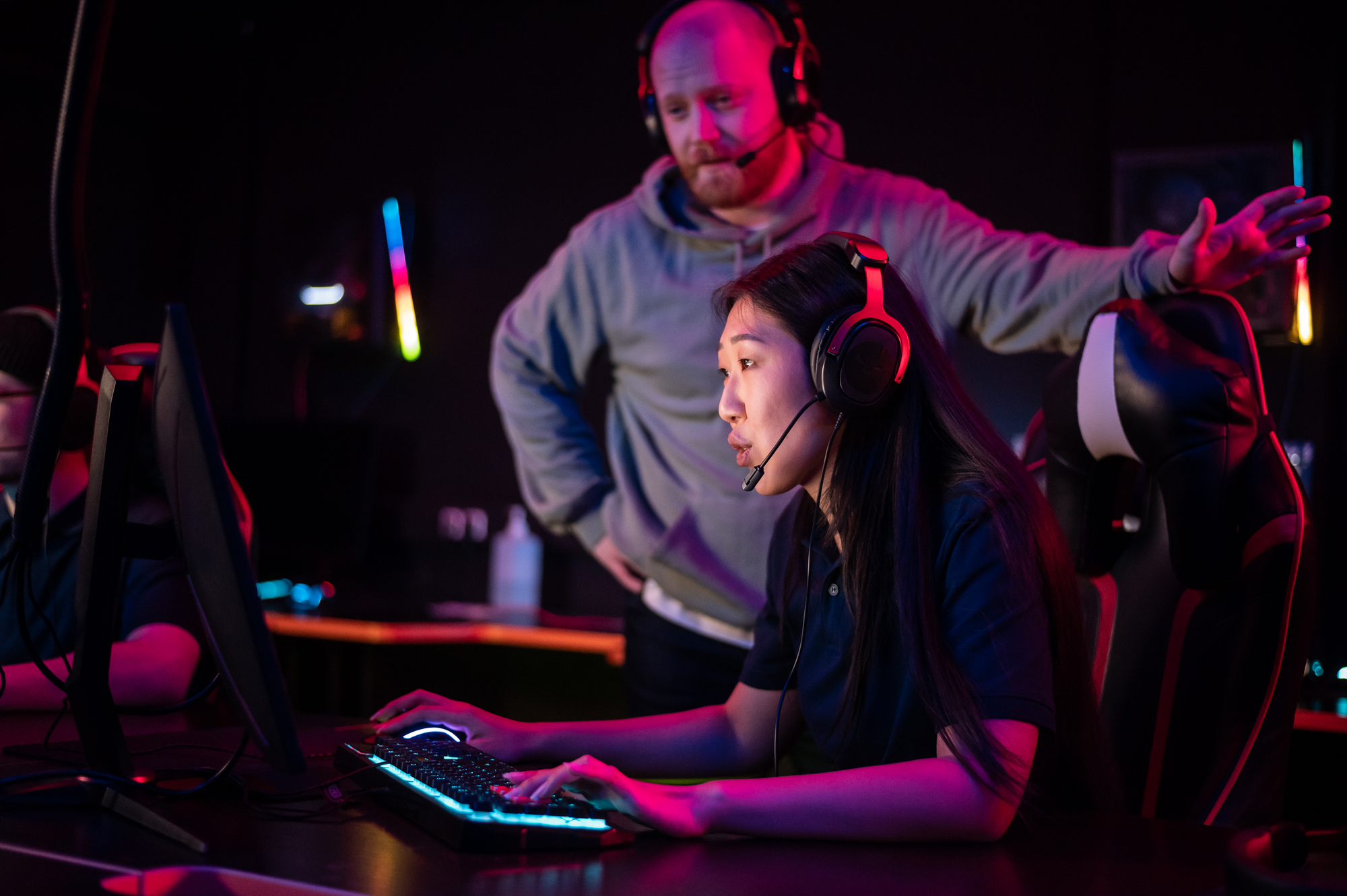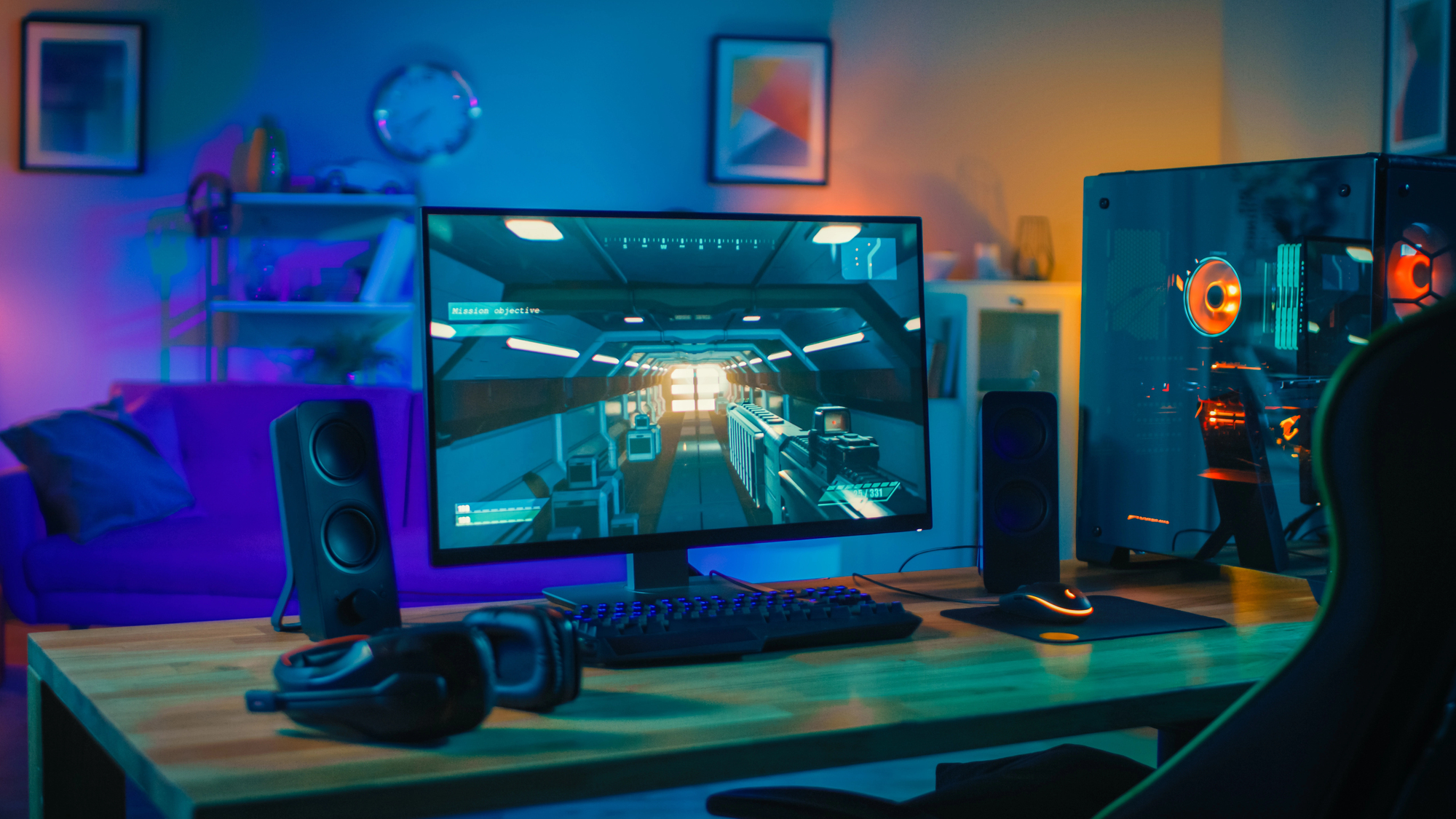Video games have become a significant influence on modern art, blurring the lines between interactive entertainment and artistic expression. The Museum of Modern Art in New York now includes video games in its permanent collection, recognizing their cultural and artistic value.
The artistic merit of video games extends beyond their visual aesthetics. Game designers craft immersive experiences that engage players emotionally and intellectually, often exploring complex themes and narratives. From the pixelated charm of early arcade games to the photorealistic graphics of contemporary titles, video games showcase a wide range of artistic styles and techniques.
The impact of video games on art is reciprocal. While games draw inspiration from various art forms, they also inspire artists working in other media. Painters, sculptors, and digital artists incorporate gaming aesthetics and themes into their work, creating pieces that resonate with audiences familiar with gaming culture. This cross-pollination of ideas continues to push the boundaries of artistic expression in the 21st century.
Evolution of Video Games as an Art Form
Video games have transformed from simple pixelated graphics to complex interactive experiences recognized by prestigious art institutions. This evolution showcases the medium’s artistic growth and cultural impact.
Historical Integration of Games in Art Institutions
The Museum of Modern Art in New York added video games to its permanent collection in 2012. This landmark decision validated games as an art form worthy of preservation and study. The Smithsonian American Art Museum’s 2012 exhibition “The Art of Video Games” further cemented this status. It explored 40 years of gaming history, highlighting visual innovation and technological advancements.
These initiatives sparked debates about the artistic merit of video games. Critics and curators began analyzing games for their aesthetic value, narrative depth, and cultural significance. As a result, more museums and galleries started featuring game-related exhibitions and acquisitions.
Artistic Influence of Classic Games
Early arcade titles like Pac-Man and Space Invaders laid the foundation for video game art. Their distinctive visual styles and characters became iconic, influencing pop culture and modern art. Artists began incorporating game elements into their work, creating pixel art installations and interactive exhibitions.
The limitations of early hardware forced developers to be creative with simple graphics. This constraint led to innovative design solutions that still resonate today. Retro game aesthetics now inspire contemporary artists across various mediums.
As technology advanced, games pushed visual boundaries. 3D graphics and realistic textures allowed for more immersive worlds. This progression blurred the lines between traditional art forms and video games, leading to new artistic possibilities.
Artistic Elements in Game Design
Video games blend technical and creative aspects to create immersive experiences. Game designers employ various artistic elements to craft engaging worlds and gameplay.
Visual and Aesthetic Innovation
Game graphics have evolved from simple pixels to sophisticated 3D environments. Artists use color palettes, lighting, and texture to set mood and atmosphere. Stylized visuals like cel-shading create distinctive looks. Some games adopt minimalist aesthetics, while others push for photorealism.
Art direction shapes a game’s visual identity. Character designs range from cartoonish to lifelike. Environmental art builds believable worlds, from fantasy realms to sci-fi landscapes. Visual effects add flair to gameplay moments.
Artistic choices impact gameplay clarity. HUD elements guide players without cluttering the screen. Visual feedback cues help players understand game systems. Some games use shifting visual styles to represent different mental states or realities.
Narrative and Storytelling
Games tell stories through various methods. Cutscenes provide cinematic moments. In-game dialogue advances plots and develops characters. Environmental storytelling reveals narrative through level design and background details.
Branching narratives give players agency over story direction. Some games use non-linear structures, allowing exploration of fragmented narratives. Others focus on emergent storytelling, where player actions generate unique tales.
Writing quality has improved across the industry. Voice acting brings characters to life. Subtitles and localization make stories accessible to global audiences.
Interactivity and Player Agency
Game design revolves around player interaction. Controls and interfaces determine how players engage with the game world. Responsive gameplay creates satisfying feedback loops.
Player choice shapes game experiences. Dialogue options affect character relationships. Multiple paths through levels allow different playstyles. Some games feature morality systems with consequences for player actions.
Gameplay mechanics often serve storytelling purposes. Physics puzzles can represent character growth. Combat systems might reflect inner struggles. Player agency becomes a core part of the artistic expression in many games.
Cultural Impact of Gaming on Art
Video games have profoundly shaped modern artistic expression, blurring lines between interactive entertainment and fine art. This influence extends to visual arts, cinema, and other creative mediums.
Video Games in Contemporary Art
Artists increasingly incorporate gaming elements into their work. Cory Arcangel’s “Super Mario Clouds” (2002) isolates the sky from the classic Nintendo game, transforming it into a minimalist video installation. Jon Rafman’s “Nine Eyes of Google Street View” series (2008-ongoing) explores the accidental artistry captured by Google’s mapping cameras, reminiscent of open-world game environments.
Museums have embraced video games as art objects. The Museum of Modern Art in New York added games like Pac-Man and Tetris to its permanent collection in 2012. This recognition validates games as culturally significant artifacts worthy of preservation and study.
Game-inspired art extends beyond digital mediums. Sculptor Feng Mengbo’s “Long March: Restart” (2008) recreates classic game iconography in large-scale installations, merging gaming nostalgia with contemporary sculpture.
Influence on Cinema and Other Art Forms
Video game aesthetics have seeped into filmmaking. Movies like “Scott Pilgrim vs. The World” (2010) and “Ready Player One” (2018) directly reference gaming visuals and culture. The “Minecraft” aesthetic has inspired blocky, pixelated art styles across various media.
Game mechanics influence narrative structures in other art forms. Interactive theater productions, such as Punchdrunk’s “Sleep No More,” borrow from game design principles to create immersive, non-linear storytelling experiences.
Music has also been impacted. Chiptune artists create new compositions using sounds from vintage gaming hardware. Orchestras perform live concerts featuring video game soundtracks, elevating game music to the concert hall.
Societal Perception of Video Games as Art
Video games have gained recognition as a form of artistic expression, sparking debates in academic circles and changing public perceptions. This shift has led to new perspectives on virtual art and its cultural significance.
Academic Analysis and Game Studies
Game studies emerged as a field dedicated to analyzing video games’ artistic merits. Scholars examine games through aesthetic, philosophical, and cultural lenses, exploring their narrative structures, visual design, and interactive elements. This academic interest has legitimized video games as subjects worthy of serious study.
Universities now offer courses and degrees in game design and analysis. These programs blend technical skills with artistic theory, producing graduates who view games as creative works. Research in this area has expanded, with journals and conferences devoted to exploring games’ artistic qualities.
Changing Perspectives on Virtual Art
Public opinion on video games as art has evolved significantly. Major museums have hosted video game exhibitions, showcasing their visual and interactive qualities. The Museum of Modern Art in New York added several games to its permanent collection, recognizing their design excellence.
Critics and intellectuals increasingly discuss games alongside traditional art forms. This shift has challenged old stereotypes about gamers and gaming culture. Women and diverse voices in game development have contributed to more varied artistic expressions within the medium.
Some skepticism remains about games’ artistic status. Critics argue that their commercial nature and focus on entertainment diminish their artistic value. Yet, as games tackle complex themes and push creative boundaries, these views continue to change.












